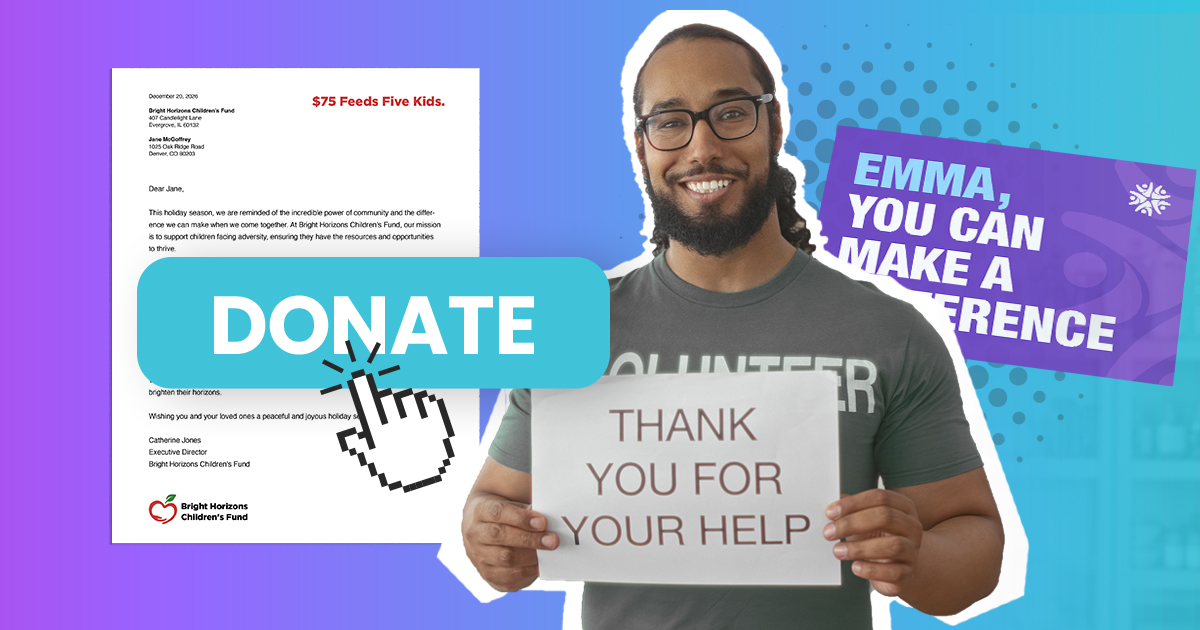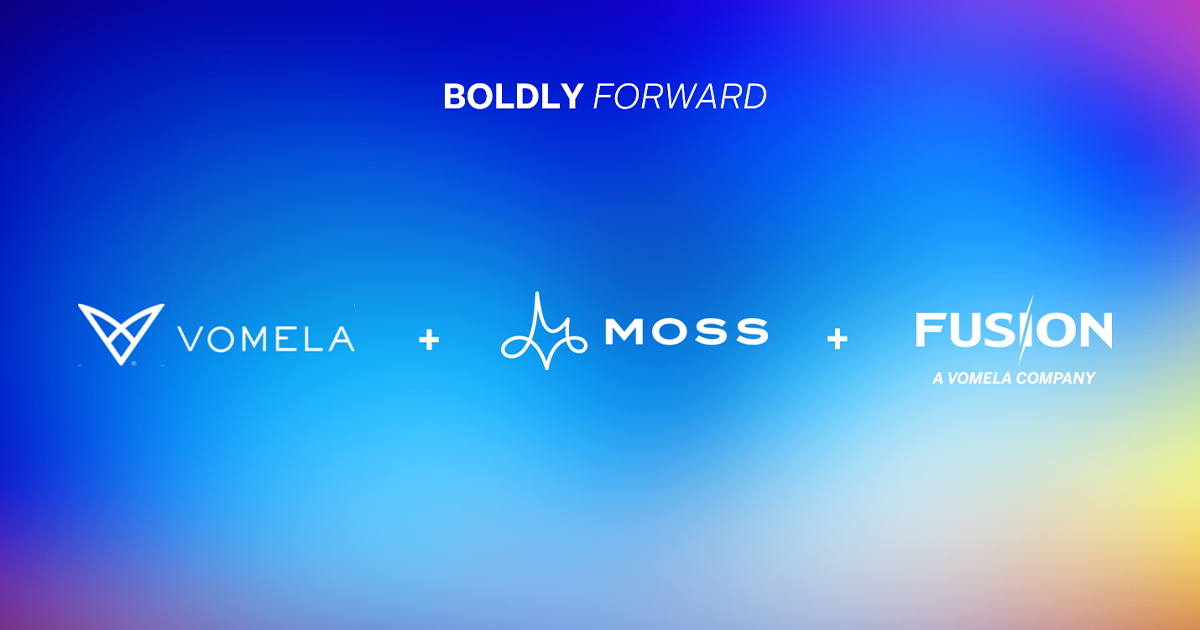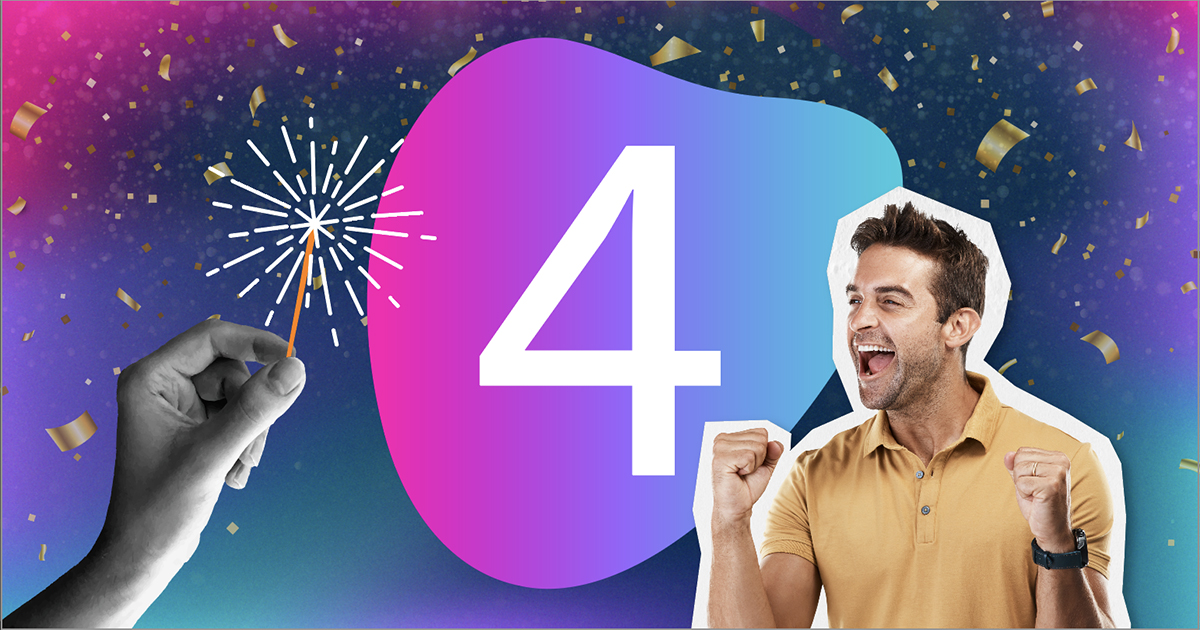
Roundtable Part 2: How To Level Up Your Mailbox Mojo
Expert Strategies to Optimize Direct Mail and Make Every Connection Count

Recently, Jennifer Bellin, CMO of PFL, led a Roundtable on how to transform direct mail programs into memorable moments that bridge the gap between your brand and your audience. (Bellin was a PFL customer at two previous companies, including Paycor, one of companies that took part in the event.) The expert panel shared their experience and tips for using mail to drive engagement across the customer lifecycle and foster lasting connections. The Roundtable transcript has been edited and trimmed for clarity.
We’ve broken this in-depth discussion into five parts:
- How Did It All Start? & Priorities and Goals
- Trends: Meaningful Connections
- Getting Personal
- Measure for Measure
- Acting Mature
The Roundtable panelists:
Gretchen Swann, Senior Principal Marketing Program Manager at Paycor, leverages direct mail in a highly automated and scalable way across a number of different use cases and departments.
Rob Willingham, Director of Marketing at LexisNexis, has been leveraging, testing, and refining direct mail campaigns, which target attorneys, for a number of years.
Paul Bobnak, Direct Mail Evangelist at Who's Mailing What, has worked for more than 20 years analyzing thousands of direct mail pieces every year. He is a deep industry expert and creator and host of Meet the Mailers, a podcast series.
TRENDS—MAKING MEANINGFUL CONNECTIONS
Bellin: We all agree it is becoming harder and harder to get attention with email. We all use email and other digital tactics. But I recently read a study that said 82 percent of marketers are increasing their direct mail budget this year for that very reason. Paul, how have you seen direct mail evolve? What are some of the trends you're seeing?
Bobnak: One thing we’ve noticed at Who's Mailing What in the last couple of years is a shrinkage of mail formats. Companies that had been mailing large flats or envelope packages are moving to folded self-mailers. Or companies that mailed self-folded self-mailers are moving to smaller folded self-mailers or jumbo postcards. In some cases, it’s all about the postage, but in a lot of cases it’s about the availability and cost of materials. This is part of the general trend of companies trying to do things smarter and optimize every piece.
Bellin: Yeah, we've definitely seen that with postcards. We're sending more postcards ourselves, and a lot of our customers are as well, because you can still make a stunning, visually appealing piece with a postcard. You can still personalize it and it is a lot more affordable. Rob, Gretchen, how are you creating those meaningful connections with direct mail through the customer life cycle?
Willingham: My ideal customer profile is attorneys, so my challenge was: What am I going to give to a lawyer that they don't already have, they haven't seen, or they can't afford? What am I going to possibly give that's unique? What I realized is that it's not always about the item, but about how you leverage it in the whole message and the whole experience to lift the campaign.
A key piece in this whole process is the digital handoff. You can use either FedEx or UPS for the trigger that will send an email to the rep saying, "Hey, this package has been delivered at this account." That's such a critical piece, because that's the trigger for the rep to then follow up within the sweet spot of 48 to 72 hours. Overall, it's all about trying to surprise customers and prospects, preferably using seasonal gifts or something they might not have seen before. This helps to create meaningful connections along the way.
Swann: I absolutely love that. At Paycor we do something similar. We'll send alerts to sales when things have been delivered and we try to not just use direct mail as its own channel. We like to integrate it with other channels as well. Once the direct mail piece has been marked as delivered, most time we’ll have an email sent to the prospect as well saying, “There's something waiting for you in your mailbox.” This lets them continue that journey wherever there are, and we can have consistent messaging across all different touch points.
Many of the programs I started out with were centered on the customer journey. A lot of the nurture programs that had been running for years were just email. What I started to do was think about where it would make sense to integrate a direct mail component. What's great about thinking about how to integrate the direct mail pieces into these nurtures is that, once we’ve figured out how to do it, they're always on. Once we turn them on, we're able to watch the results come in and optimize as needed. This allows me to then move on to other programs.
On the other hand, as Rob was saying, we also try to think about fun thematic campaigns we can do that are more of a one-off thing. One example is a webinar series just in February based on “tough love”— kind of playing off of the Valentine's Day theme coupled with the tough conversations HR leaders might have to have with some employees. To promote that series, we put together a fun little Valentine’s package that had some Sour Patch Kids that came in a little box, like what might see kids hand out in the classroom that say “to” and “from.” We sent those out to people inviting them to the webinar series. We definitely did some variable printing here to put in people's first names when applicable—anything we could do to customize it. We really wanted to help them understand that we're not just sending the same thing to everybody. We're really trying to make it specific to them to make prospects feel a little more special and grab their attention.
And at PFL we can help you with all of this, of course. We have experts and technology that can help you simplify, personalize, drive engagement, and measure results at scale.
Want to learn more? Set up a time to meet.
Next time, Part 3: Getting Personal
Previously, Part 1: How Did It All Start?



